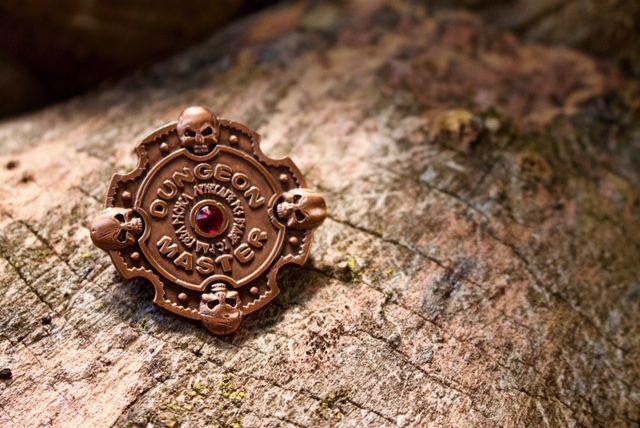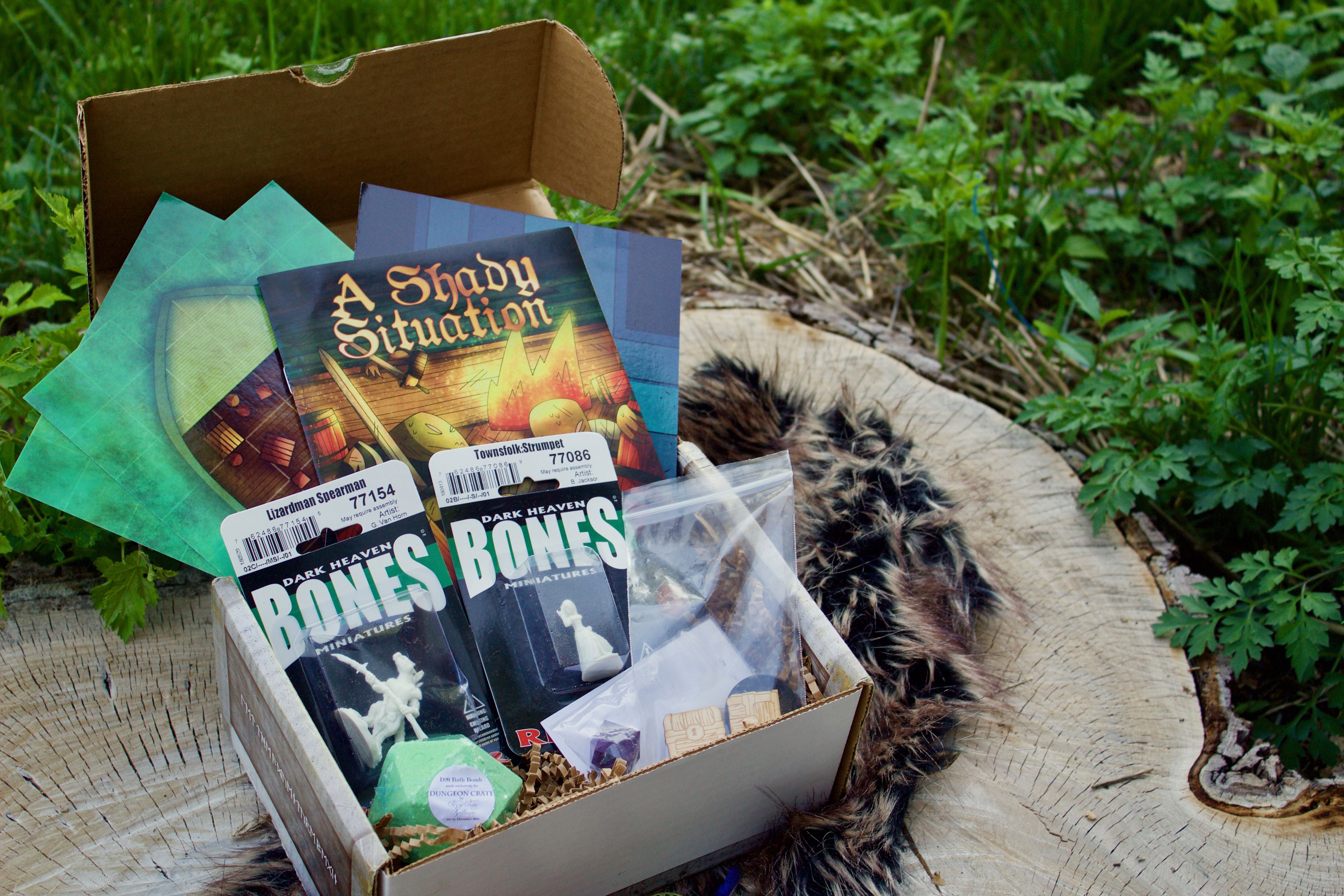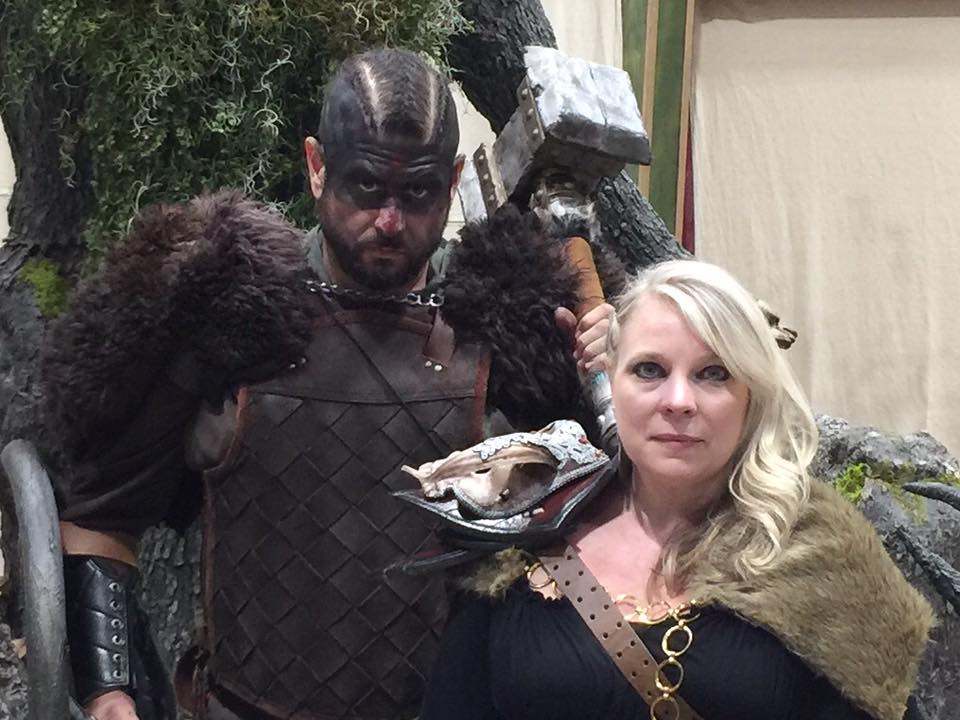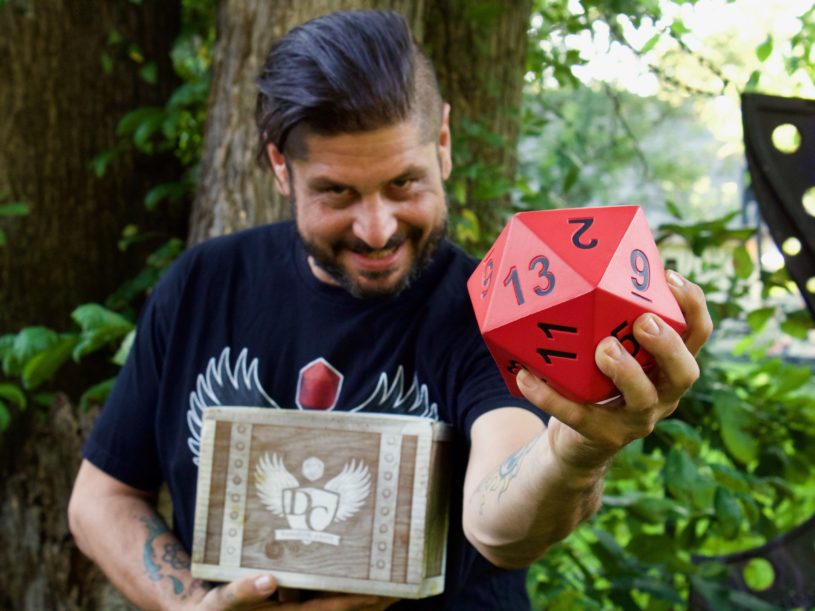Welcome to the latest installment of Cratejoy’s new merchant success series, “Unboxed”! Each month, we’ll learn tips, tricks, and subscription box secrets from Cratejoy’s top merchants.
Today we talk with Wayne Brekke of Dungeon Crate! (Find them on Facebook, Twitter, Instagram and Twitch – and check out their podcast!)
Tell us a bit about Dungeon Crate. What inspired you to start this box?

I’ve been playing Dungeons and Dragons since 1983 and love the hobby. My wife and I owned our own copywriting business where we wrote product descriptions for several online retail sites. At one point I wanted to start another venture and was looking for something.
During that time I attended GenCon, the largest gaming convention in the country. I loved the vendor floor. I spent way too much money. I had the best time ever.
I went home wanting to find a subscription box service that gave out the things I loved at the convention from all the wonderful game vendors I never knew existed. I couldn’t find one. I was stunned.
This is a huge market and we all love the accessories that come with our favorite game. That decided it: I was going to start the first Role-Playing Game (RPG) accessory subscription box.
I took 4 months to study videos from Cratejoy’s sister site Subscription School, do research, and collect emails. The interest was overwhelming, so we launched Dungeon Crate to a very enthusiastic audience.
 Take Action: Studying tutorial videos can be extremely helpful if you learn by seeing or doing. Check out Cratejoy’s webinars to get your subscription business up and going.
Take Action: Studying tutorial videos can be extremely helpful if you learn by seeing or doing. Check out Cratejoy’s webinars to get your subscription business up and going.
Why did you choose Cratejoy?
I chose Cratejoy due to the Subscription School videos and it seemed to be what other popular services were using. Their customer service was – and is – always extremely helpful and timely. The system is easy to use and it seems Cratejoy grows with the industry in features and functionality.
How did you acquire your first 25 (or so) subscribers?
I was part of various RPG, crafting, and other nerd groups on Facebook, so I was allowed to promote my box there. We launched with 450 submissions the first month.
How did you go about the fulfillment process?

Everything we did at the beginning, I pulled from other boxes. I looked at what successful boxes were doing and researched those services. I reached out to other box owners and asked them what they did that worked. This led to us finding our box manufacturer, printer, fulfillment, and other logistics. From then [on] it was about controlling the budget.
I knew what I wanted the box to look like and knew that our niche appreciated a thematic take on everything they would get.
What do you know now that you wish you knew then?
Things I wish I knew when we started:
- how to set up a box budget;
- don’t ever use excelsior packing material;
- find an intrapreneur,
- do more research on printers and vendors that fit the budget,
- don’t waste money on influencers,
- integrate email drip campaigns from the start,
- treat customer service as a chance to make people happy.
Focus on one thing and do it better than everyone else. Don’t worry about the competition.
Also, find the right partner. It took me almost 2 years before I found the person that could get the things done that I couldn’t.

Take Action: Influencers can be a key part of your marketing strategy depending on your niche, but only if you budget it right. Learn how to manage your influencer marketing budget – and research the right packing material for your fulfillment process when it’s go time – with Cratejoy’s guides.
What mistake(s) do you wish you could have avoided along the way?
Not comparing pricing when it came to printers, box manufacturers, as well as setting up a strict budget and formula from the start. Also, we should have started with pre-planning boxes before launch.
Anything else you’d like to share about your success story?

Not having much luck with random influencers, I decided to become one. I had been a podcaster for 10 years, so I started another up for the company. Also launched our YouTube channels, a weekly live show with contest and prizes. That really got us a community that surrounded our company and game theme.
We opened a group for members to trade items they didn’t want with other subscribers for items they did want, and that turned out to become our Dungeon Crate Adventurer’s Guild, which is now a thriving community of enthusiastic fans of Dungeon Crate who share all sorts of things.
We started streaming our Dungeons and Dragons games on Twitch and YouTube as well.
We ended up having many subscribers who wanted to help promote us at conventions, so we are launching a street team we call the Dungeoneers Guild, where members can apply to be on the team and win rewards for completing “quests” in their local area. These quests offer points when completed and allow the Dungeoneer to gain levels and added rewards. Quests help our marketing and include everything from dropping off items at a local game store to running games at conventions with our marketing materials.
Other things we are implementing include:
- Dungeon Crate Kids: a supplemental subscription for teaching kids roleplaying games
- Dungeon Crate Cares: a part of the company that works with youth groups, combat veterans, and the disabled to bring roleplaying accessories to those that need them. Roleplaying helps with PTSD, ADD, and teaches focus, math, social interaction, strategy, reading, and teamwork.
- Full online store: Expanding our overstock store to include a full line of RPG accessories. We have built in vendors and many items we love but can’t fit in the crate. Our subscriber base loves it, and it takes care of lots of our overstock.
One thing we had as an advantage was that my wife ran our other company, and that allowed me to run Dungeon Crate full-time.



